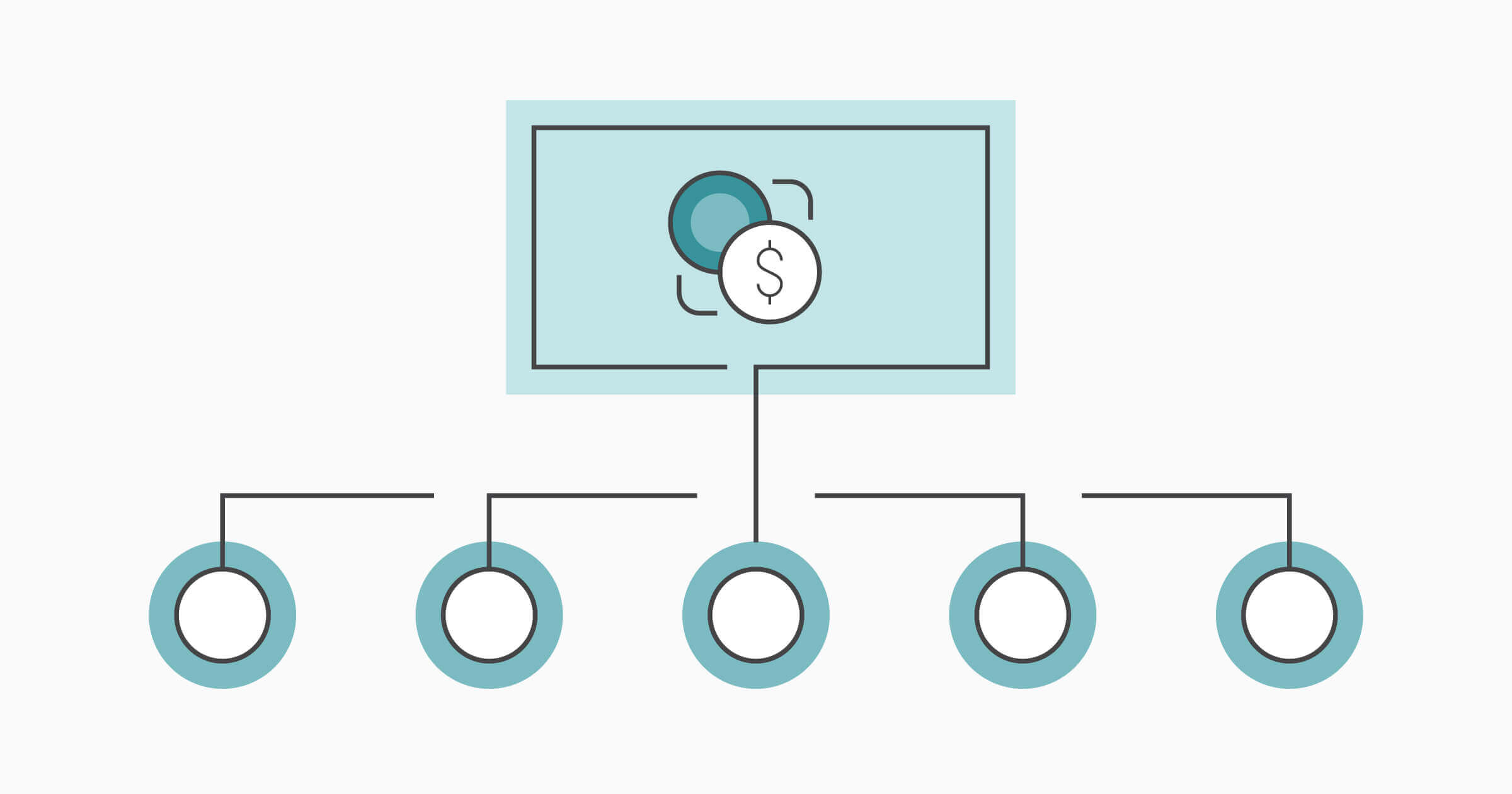
ACE Highlight: Allocation of Resources
ACE believes that in order to be successful, the animal advocacy movement must employ multiple strategies at once. This will allow us to innovate, will increase our probability of finding at least one successful strategy, will help our programs grow, and will help us build upon each others’ success. Our theories of change identify five main outcomes that animal advocacy tends to produce. In our reviews, we discuss which of these outcomes each charity produces, and the extent to which their work produces each outcome.1 Here, however, we attempt to understand the bigger picture: How many resources does the animal advocacy movement as a whole put towards each of these outcomes?2 By acquiring a more informed perspective on the prevalence of various strategies and interventions within animal advocacy, we hope to better evaluate which organizations and interventions could have the greatest possible impact given increased funding at this particular time. In our new Allocation of Resources report, we look at two overlapping segments of the animal advocacy movement: charities comprehensively reviewed by ACE, and the U.S. farmed animal advocacy movement. Our conclusions are shared below, but we encourage you to check out the full report for more details!
Overall, at each level we considered, we found similar patterns in the allocation of resources. Organization sizes vary from very small to very large, with the programming decisions of a few larger organizations having a significant impact on the overall use of funds. In addition, at each level outcomes that relatively directly affect animals received far more resources than Capacity Building or Building Alliances, which are usually seen as more indirect paths to impact.
Figure 1: Allocation of resources by primary outcome for comprehensively reviewed charities, resources directed by ACE, and the U.S. farmed animal movement
We don’t know exactly how resources would be allocated among these outcomes if they were distributed ideally. However, we do think it is useful to be able to reflect on how they are distributed now, so that we can react to aspects of that allocation that seem concerning. For example, we were surprised by how few resources seemed to be devoted to Capacity Building in each of our models, and we think it’s likely that a movement in which resources are distributed in an ideal manner would devote more resources to that outcome. We may use that information to guide our decisions in the future, either in the charity evaluation process itself or in determining how to allocate grants from the Recommended Charity Fund and Effective Animal Advocacy Fund. We think this is also useful for individual donors, large funders, and advocates to consider.
While these analyses have provided us a starting point for thinking about how resources are used in animal advocacy, there are still many questions unanswered. Some areas for further research include:
- How is funding allocated within each outcome area? For example, how much work on Influencing Public Opinion is done through grassroots outreach techniques versus through online or mass advertising?
- How would results differ if we analyzed volunteer work done by individuals or through organizations instead of money spent?
- Does resource allocation vary significantly by country?
- What is the ideal way to distribute resources among different types of outcomes, and how will the ideal distribution change over time? For instance, is it best to influence public opinion first and legal change later? Is the reverse the case?
Thanks to Lewis Bollard, Jessica Bridgers, Amanda Hungerford, and Meghan Lowery for their assistance with this project.
;Influencing Public Opinion;Influencing Industry;Direct Care;Influencing Policy and the Law;Building Alliances;Capacity Building Comprehensively Reviewed Charities;40.9642173307818%;32.9653827771199%;0.0000000000%;19.4105791396582%;4.40313689275861%;2.25668085968151% ACE-directed Funding;30.1279037327673%;46.6600930289544%;0.0000000000%;9.32181717114836%;10.1614357003916%;3.72870036673836% U.S. Farmed Animal Movement;46.3102729569674%;23.0473809183087%;18.2779316660825%;6.97251559003207%;2.89814406626915%;2.49370480234022%
The five main outcomes we consider in this piece are: Influencing Public Opinion, Influencing Industry, Influencing Policy and the Law, Building Alliances, and Capacity Building. Some examples of interventions leading to each outcome are provided below; for more, see our Menu of Outcomes.
- Influencing Public Opinion: leafleting, online outreach including social media, documentaries
- Influencing Industry: convincing corporations to implement humane reforms, supporting innovation in plant-based meat production
- Influencing Policy and the Law: Educational briefings of legislators, fighting “ag-gag” legislation, prosecuting animal cruelty
- Building Alliances: cross-sector or multi-issue campaigns, lobbying chefs and other key influencers
- Capacity Building: activist trainings, effective animal advocacy research, hosting conferences
In this piece, we consider financial resources only. Animal advocates also use considerable volunteer resources, and the ratio of volunteer time to financial expenses varies considerably between organizations and activities. As a result, an analysis that included volunteer time might have different results. While we would have liked to consider non-financial resources such as volunteer time, we chose to use a more simplified financial analysis due to time constraints and the difficulty of obtaining information about charities’ use of non-financial resources.
Filed Under: Research Tagged With: ACE highlight, legal advocacy, movement building, resources
About ACE Team
It seems to me that fairly ideologically aligned organisations* appear to receive the most resources. We can look at how different organisations allocate within six areas but this doesn’t say much about the larger theoretical picture. For instance, if we are going to take a more hits-based approach then we would diversify funding to organisations that work differently, however, EAA has largely favoured organisations that work closely together and formed alliances.
This has focussed resources in specific areas and encouraged more “flexible” organisations to move toward funding even where standards may be lower or values not applied. I continue to think that ACE doesn’t properly account for this issue, but neither does any organisation within EAA that i’m aware of. Even with the Open Philanthropy Project, Lewis has the opportunity to do that work but has chosen not to do so. To me it appears like an institutionalised form of bias that makes decision making easier but not necessarily better.
*PeTA has views that change fairly regularly.